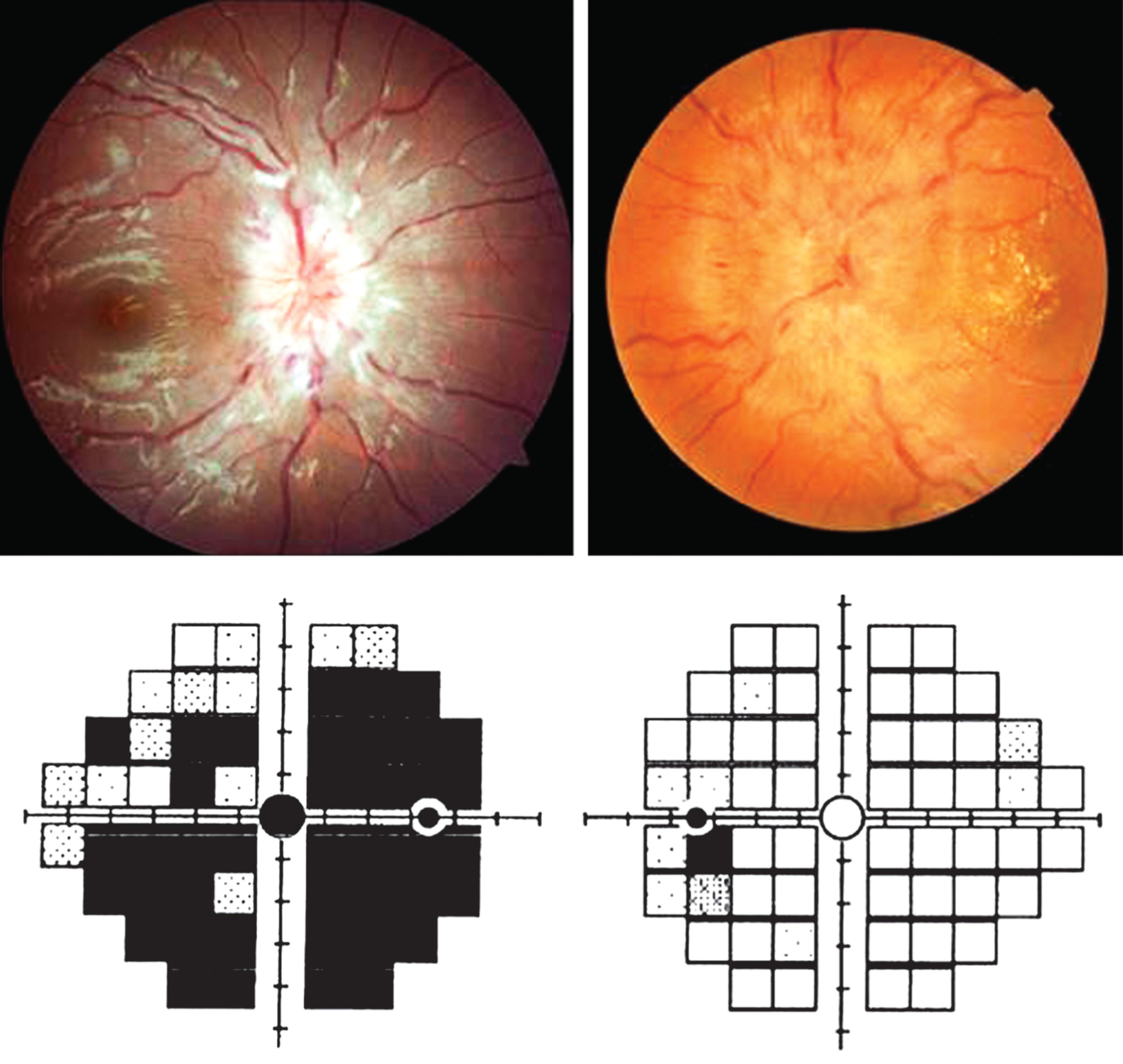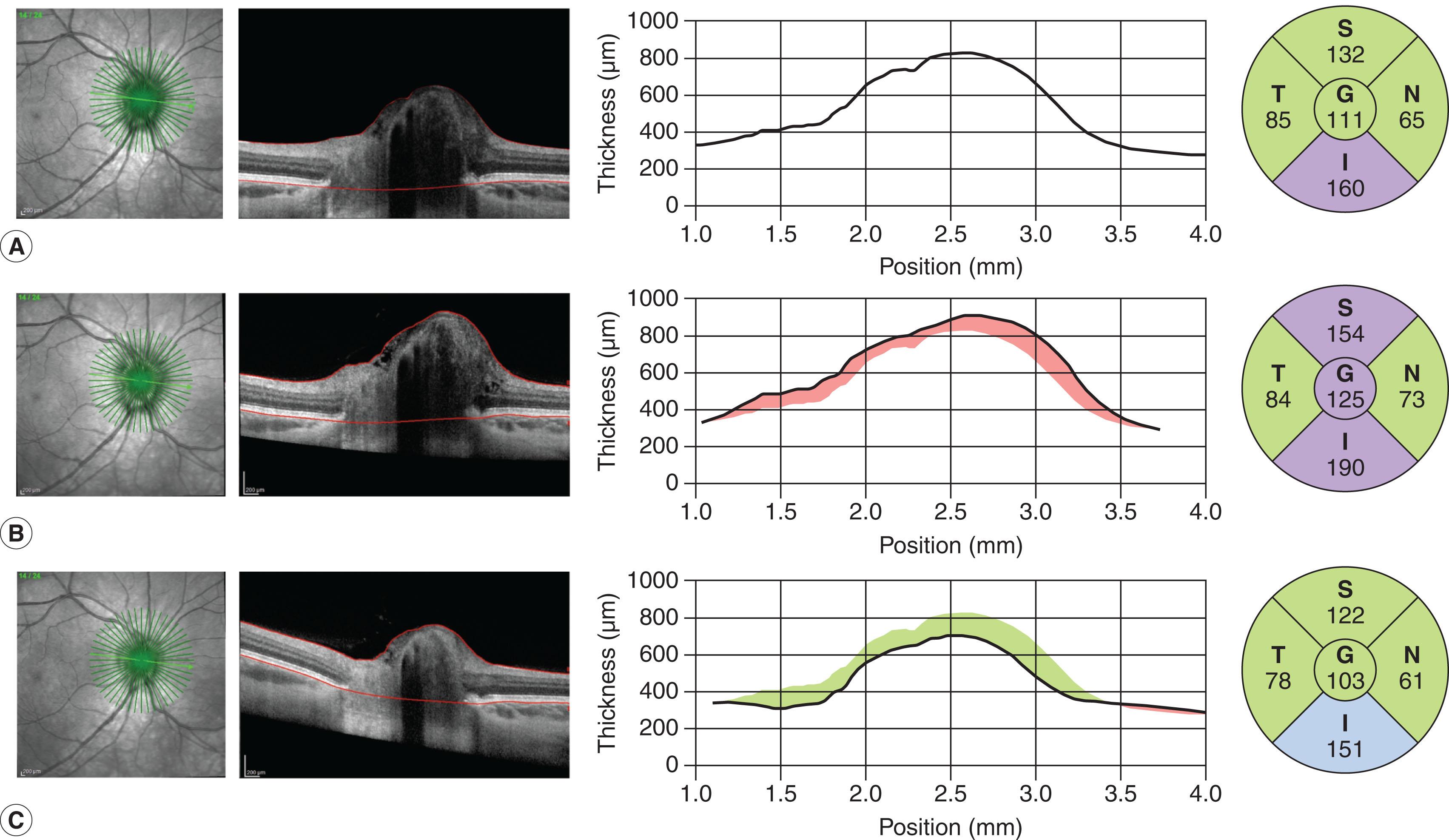Physical Address
304 North Cardinal St.
Dorchester Center, MA 02124
Raised intracranial pressure (RICP) and its potential for causing permanent vision loss requires close monitoring by the eye physician. Pseudotumor cerebri syndrome (PTCS, also known as idiopathic intracranial hypertension), brain tumors, structural brain abnormalities, and acquired infectious/inflammatory conditions are the most frequent causes of RICP in children seen in the ambulatory setting. Understanding the proper ophthalmologic assessment, monitoring, and treatment is essential for optimizing visual outcomes.
The spectrum of symptoms and their severity can range widely in children with RICP. Children can be relatively asymptomatic when signs of RICP are discovered. The complaint of headache, especially unremitting headache that may worsen while lying flat, reach peak severity in the morning, and/or is relieved by vomiting, should produce a high suspicion of RICP. When caring for infants and toddlers, it is essential to communicate with their primary care physician to determine if there are concerns about an enlarging head circumference or change in developmental trajectory. The presence of other ophthalmologic and non-ophthalmologic symptoms such as transient visual obscurations, pulsatile tinnitus, isolated neck pain, failure to thrive, cognitive regression, lethargy, or prolonged alteration in mood/personality should prompt the clinician to perform an exhaustive exam investigating for other RICP risk factors and signs. While children with newly diagnosed brain tumors frequently present with headache, an overwhelming majority (>85%) will also demonstrate other neurologic deficits such as a cranial nerve palsy, ataxia, or weakness.
Objective ophthalmologic signs such as elevated optic discs, vertical gaze palsy, and cranial nerve VI palsy are frequent indicators of RICP. The term “papilledema” should be reserved for elevated optic discs due to increased intracranial pressure. The presence of additional cranial nerve palsies, bulging anterior fontanel, or/and other neurologic signs requires prompt referral to a neurologist or neurosurgeon, along with the consideration of imaging.
The afferent vision examination is essential to evaluating a child with suspected or confirmed RICP. Visual field testing, preferably with a quantitative automated or kinetic perimeter, is essential as an enlarged blind spot will be the first sign of RICP. This can expand most commonly to inferonasal loss and generalized constriction. A decline in visual acuity occurs after significant visual field loss as a sign of severe optic nerve dysfunction. Indirect ophthalmoscopy is mandatory, along with photographs to assess longitudinal changes. It is important to recognize that the appearance of the optic nerve, especially in cases of moderate-to-severe swelling, may be incongruous with the functional deficit ( Fig. 59.1 ). Therefore, functional measures of the afferent examination are the most important metric in caring for children with RICP.

Evaluation of the optic nerve sheath diameter and 30° test are two orbital ultrasonography techniques that have been utilized to differentiate between papilledema and pseudopapilledema. While the combination of these two tests have a high sensitivity to detect papilledema, they have lower specificity and require an experienced user to perform and interpret the results. Studies using optical coherence tomography (OCT) to differentiate between papilledema and pseudopapilledema in cases of suspected RICP have demonstrated mixed results. In cases of confirmed papilledema, OCT has been suggested as an objective quantitative metric to monitor changes in optic nerve elevation. The use of volumetric OCT imaging in children experiencing relatively small changes in optic nerve elevation over a long time may offer an advantage over fundus photographs and indirect ophthalmoscopy ( Fig. 59.2 ).

Become a Clinical Tree membership for Full access and enjoy Unlimited articles
If you are a member. Log in here